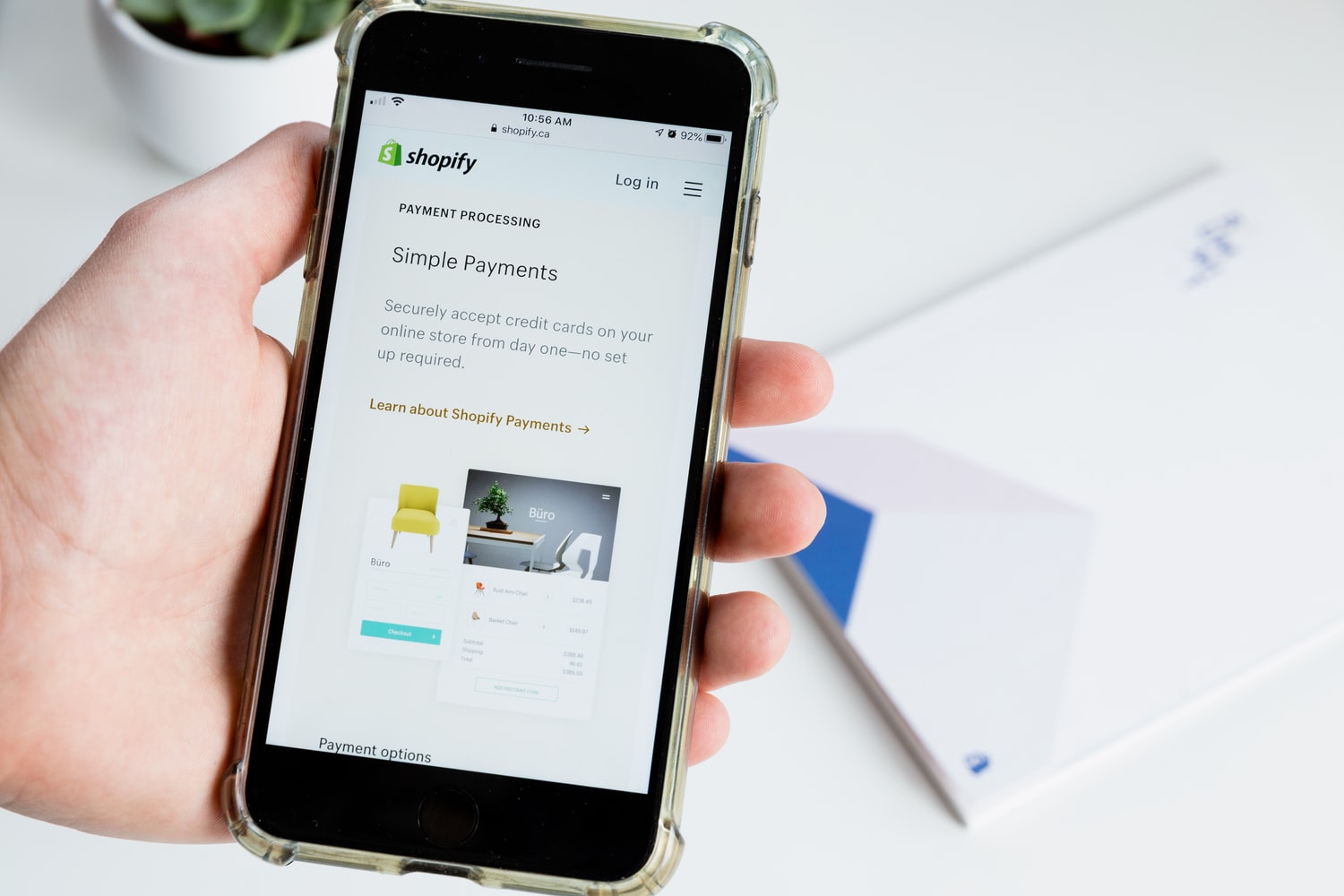As Co-Vid leaves so many businesses reeling from shock, how can you fast track improvements to your D2C offering to keep you ahead of the competition
You may have previously relied upon third party channels for e-comm, or you may have an existing platform - either way it's time to consider how you can stay ahead of the game by supercharging your e-commerce solution and reaping the benefits of first party data.
How do we answer the challenge e-comm giant Jeff Bezos sets for himself and Amazon?
“We see our customers as invited guests to a party, and we are the hosts. It’s our job every day to make every important aspect of the customer experience a little bit better.”
Good question Jeff.
How do we convert customer value to business value? Acquisition and engagement are not enough. We also need to convert and retain, turning loyal users into advocates.
Here are some key insights which will help you rise to the challenge.
1. Know your customer
Your customers can answer the key questions and considerations for you. Usability testing of your existing platform will provide invaluable insight into what your customers value, what they love, what they dislike, and what they’d like to see. And if you don't yet have a platform make sure you get your MVP into the hands of customers from your very first Sprint, they will let you know pretty quickly if you are on the right track-even if your value proposition is fit for purpose.
Be scientific. Start out with hypotheses which will test critical areas of the user journey, and make sure you put these past the different cohorts of your user base. Never underestimate how different cohorts will react.
In fact never underestimate their ability to surprise you. Some of the principals you took as universal truths when you built your platform will inevitably have changed. Use science and data to assist you here. Use AI tools like Google Cloud Natural Language API to measure sentiment. And align this qualitative research, with quantitative insights from your data learnings.
2. Data… (will drive impacts)
A clear Data strategy needs to be a primary consideration from the get go.
Set measurable KPI’s. You will need to align those with all areas of the customer journey, so that you can fully understand attribution around your acquisition channels, engagement on site, key conversion metrics, and of course retention ensuring returning customers come back again and again.
Once you have set those KPI’s, and defined your data strategy you will need to deploy detailed tagging to ensure all of the metrics for success can be measured. Be mindful that there are learnings to be had all the way through the customer journey, from first touch to check out.
3. Use the right tools... (And make sure they connect)
If you are starting from scratch, marry your business needs against one of the existing e-comm platforms. There are many out there - be it Episerver, Magento, Shopify or one of the open source solutions WordPress or Big Commerce each has their advantages .. and disadvantages. You will need to be clear what each delivers, how it aligns with your ambition, and how it integrates with your CRM, your logistics, and your data stack.
Ensuring and managing clear journeys from your paid or organic channels through to conversion will be aided by your CRM technology, automating processes & workflows and helping organise & interpret data to support you in truly engaging with your customers effectively.
If you take seriously the ongoing improvement of your customer experience you should consider building everything around a single point of truth CRM.
Additionally you can supercharge learnings with a product like Mixpanel which gives clear invaluable visibility on the whole range of behaviours across the customer journey, and will provide invaluable granular detail at a single user level.

4. Personalise with relevant content... (And test!)
Your data strategy will empower the delivery of the most relevant personalised content to your customers as they progress through their buying journey and don't underestimate the power of personalisation to drive up your conversion metrics.
But don’t stop there. Always keep testing, whether it's the colour of products, the language of your CTA’s, or the sticky “Buy” button. Make your customers want your product and make it easy for them to get to it.. And keep testing. Tiny incremental changes can make big differences.
5. Simplify
If all this sounds complicated then the real skill is to make these learnings manifest in ruthless simplicity on site. Design consistency, with clear hierarchies of information, font or colour will aid navigation and clarity.
For example when your customer is at checkout make it clear where they are. Make it clear what's next and don't forget that final up-sell with recommended relevant personal add ons.
If there are a lot of fields to fill in, with shipping, billing, payment etc. Minimise drop off by dividing information into clear and easily manageable bite-size steps, with clear indicators of progress.
When they are done, ask to upgrade their guest checkout to a full account with a clear and compelling explanation of the benefits, 'breeze through next time' or 'create an account for XX off your next purchase'.
Mr Bezos is right. It's difficult being the party host everyday, 24/7, but you owe it to your customers and to your business. Conversion rate optimisation is a science and If you get it right, and keep it right you will be sure to delight those customers and grow your business.








-1.jpg)

